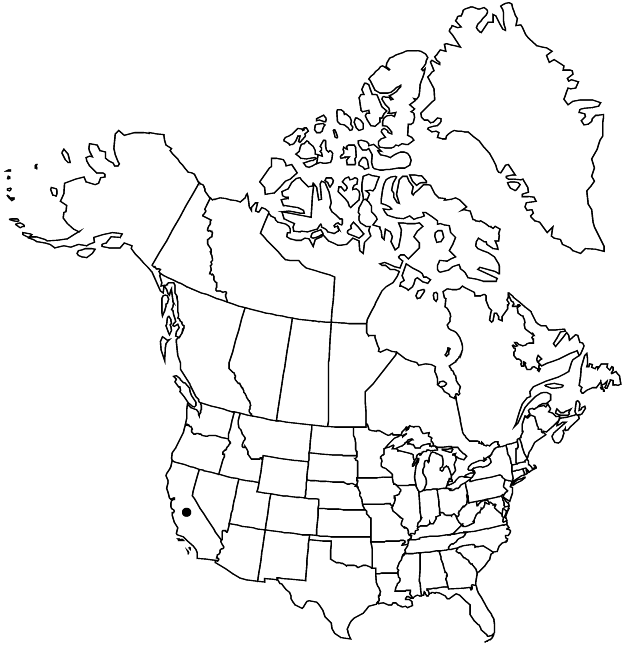Eriogonum elegans
Pittonia 2: 173. 1891.
Herbs, erect, 1–4 dm; glabrous, grayish. Stems: aerial flowering-stems erect, 0.5–1 dm, glabrous. Leaves basal; petiole 0.3–3 cm, thinly tomentose; blade oblong or rounded to subcordate, 0.3–1.5 × 0.3–1.5 cm, densely white-tomentose abaxially, mostly tomentose and grayish or greenish adaxially. Inflorescences cymose, occasionally distally uniparous due to suppression of secondary branches, open to somewhat diffuse, 5–3.5 × 5–30 cm; branches glabrous; bracts 0.5–2 × 1–2 mm. Peduncles absent. Involucres somewhat appressed to branches, turbinate, 1–1.5 × 0.6–0.8 mm, glabrous; teeth 5, erect, 0.2–0.3 mm. Flowers 1–1.5 mm; perianth white to rose, glabrous; tepals slightly dimorphic, those of outer whorl oblong-obovate, those of inner whorl oblong; stamens included, 1 mm; filaments pilose proximally. Achenes brown, 3-gonous, 1–1.5 mm.
Phenology: Flowering May–Nov.
Habitat: Sandy to gravelly flats and slopes, mixed grassland communities, oak and pine woodlands
Elevation: 200-1200 m
Discussion
Eriogonum elegans is found primarily on the coastal mountains (Fresno, Monterey, San Benito, San Luis Obispo, Santa Barbara, Santa Clara, and Ventura counties). It is more slender and elegant than E. baileyi. It is rather infrequent especially near the coast, but it can be locally common to even abundant on the Inner Coast Ranges.
Selected References
None.
Lower Taxa
"narrowing" is not a number."dm" is not declared as a valid unit of measurement for this property.
